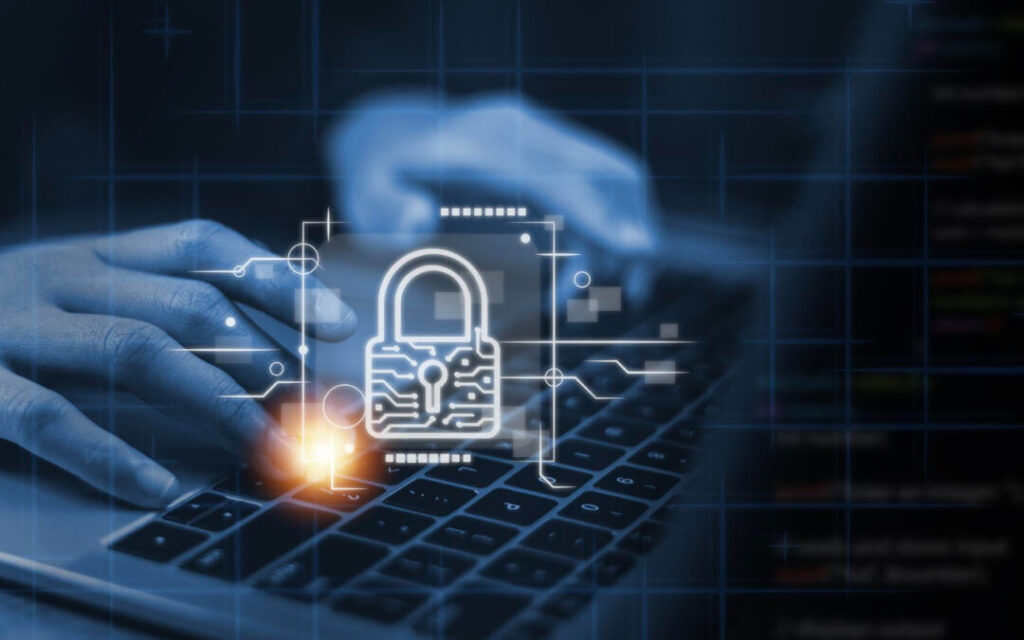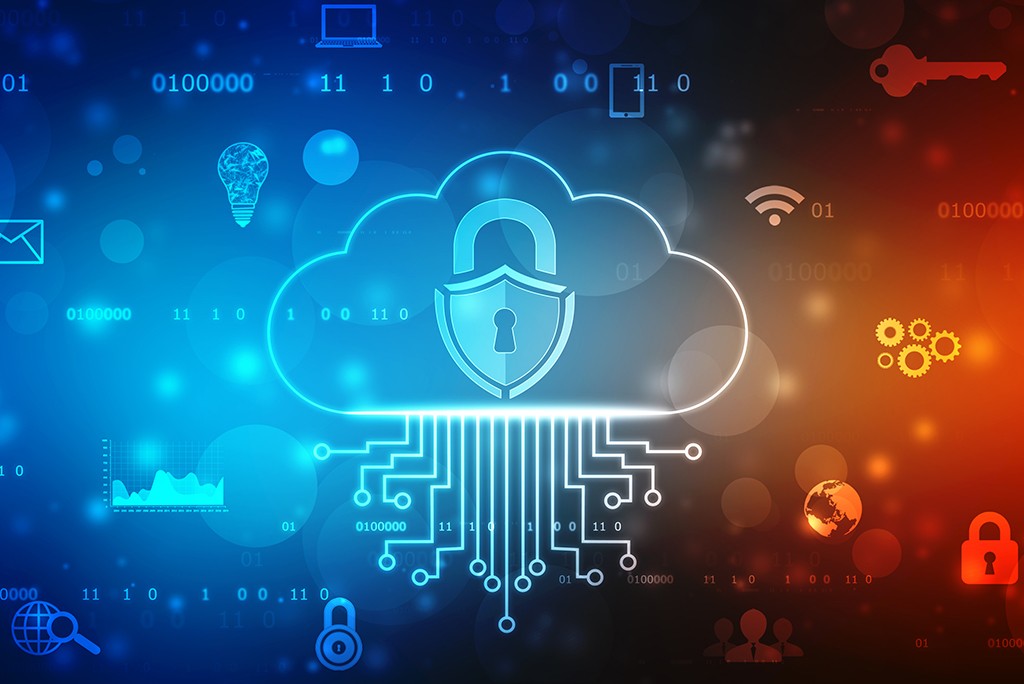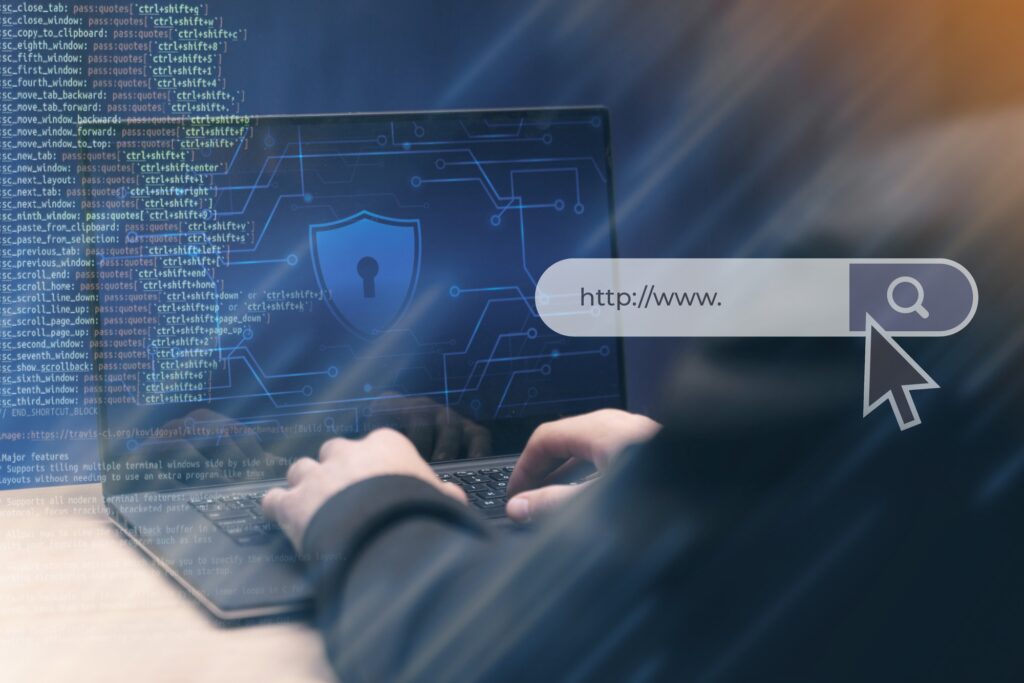How a Cyber Security Company in Qatar is Powering AI-Driven Threat Detection and Zero Trust Frameworks in 2025

In a rapidly evolving digital world, cybersecurity has become the backbone of business continuity, data protection, and operational resilience. For companies in Qatar—across sectors like healthcare, finance, oil and gas, and education—the need for robust cybersecurity services has never been more critical. Choosing a reliable Cyber Security Company in Qatar is the first step toward […]
Cloud Security in Qatar: Strong Protection for Your Online Business

If your business is using the internet for storage, emails, or apps, you are already in the cloud. But is it safe? At RedTeam Labs, we offer strong and trusted cloud security in Qatar to protect your data, emails, and apps from hackers and leaks. When your business data is stored online, even a small security […]
Strengthening Cybersecurity Across Key Sectors in Dubai, Abu Dhabi, and the UAE

Cybersecurity has joined the list of priorities for UAE businesses and organizations, including Abu Dhabi and Dubai organizations. Since digitalization and cyber attacks are on the increase, securing sensitive operations and data is the priority now. Healthcare, finance, oil and gas, and schools each have a set of requirements that demand custom-tailored cybersecurity solutions. Let […]
The Critical Role of Data Loss Prevention in Modern Digital Environments
The Importance of Data Loss Prevention in Today’s Digital Landscape In an era where data drives decision-making and business operations, the importance of Data Loss Prevention (DLP) cannot be overstated. Organizations are increasingly reliant on digital information, making them prime targets for data breaches, loss, and theft. This blog explores why DLP is essential for […]
Can AI Predict Phishing Attacks?
In the digital world, phishing attacks have become a significant threat, using advanced technologies such as artificial intelligence (AI) to trick users. Traditional security measures are degrading as cybercriminals get smarter. This blog explores the role of intelligence-based phishing detection in combating these threats and improving network security. Understanding Phishing Attacks Phishing is a type […]
Discovering Common Vulnerabilities in Penetration Tests and How to Address Them
Penetration testing is a critical aspect of cybersecurity, where experts replicate potential attacks to uncover weaknesses within an organization’s systems. By identifying and addressing these vulnerabilities, businesses can prevent real-world attackers from exploiting their systems. Let’s go over some of the most frequently identified vulnerabilities during penetration tests and discuss effective ways to mitigate them. […]
Is Your Data Safe? The Importance of Regular Pentests in the Cloud
The Importance of Cloud Penetration Testing Cloud Penetration Testing (PET) is essential for businesses using cloud services.. This approach involves simulating cyberattacks to identify vulnerabilities and security gaps across the air, applications, and locations. As more and more companies move to the cloud, it’s important to understand the importance of access testing to protect sensitive […]
Behavioral Analytics in Cybersecurity
Introduction In the ever-evolving landscape of cybersecurity, traditional methods of defense are proving insufficient against sophisticated cyber threats. As cybercriminals become more adept at evading detection, organizations must adopt innovative strategies to protect their digital assets. Behavioral analytics has emerged as a powerful tool in this context, offering a proactive approach to identifying and mitigating […]
Stay Safe from AI-Generated Morphed Images
In today’s digital world, a troubling trend has emerged where people use artificial intelligence (AI) to create morphed images. These manipulated images can be incredibly realistic, making it difficult to distinguish between real and fake. This blog will help you understand this issue and provide practical cyber security tips to protect yourself. What Are AI-Generated […]
Recognizing the Signs of a Data Breach
In present’s digital age, data breaches are an ever-present threat that can lead to severe consequences for organizations and individuals likewise. Identifying the signs of a data breach early can help alleviate implicit damage. Here are some key indicators of compromise to watch out 1. Unusual Account Activity One of the most satisfying signs of […]

